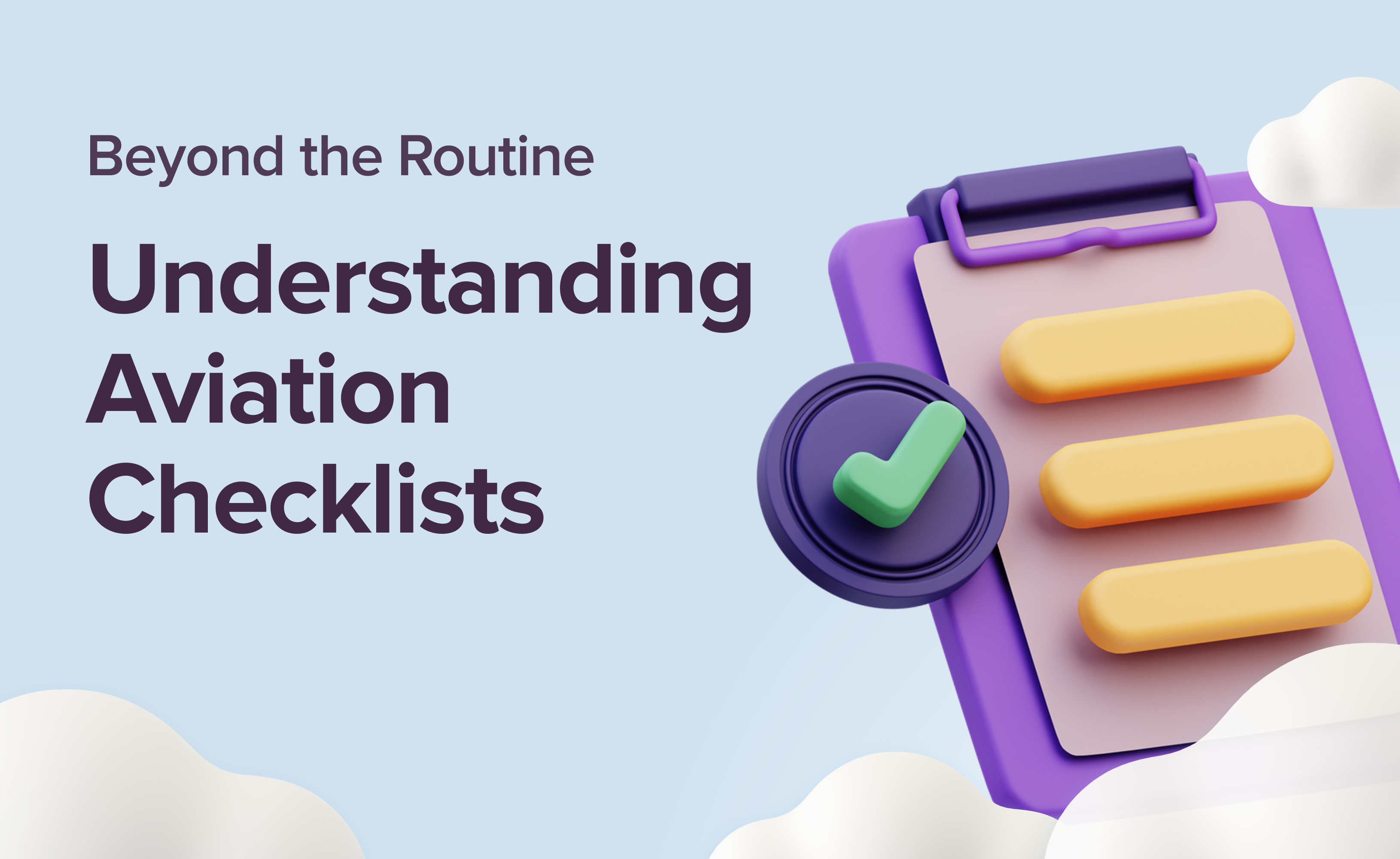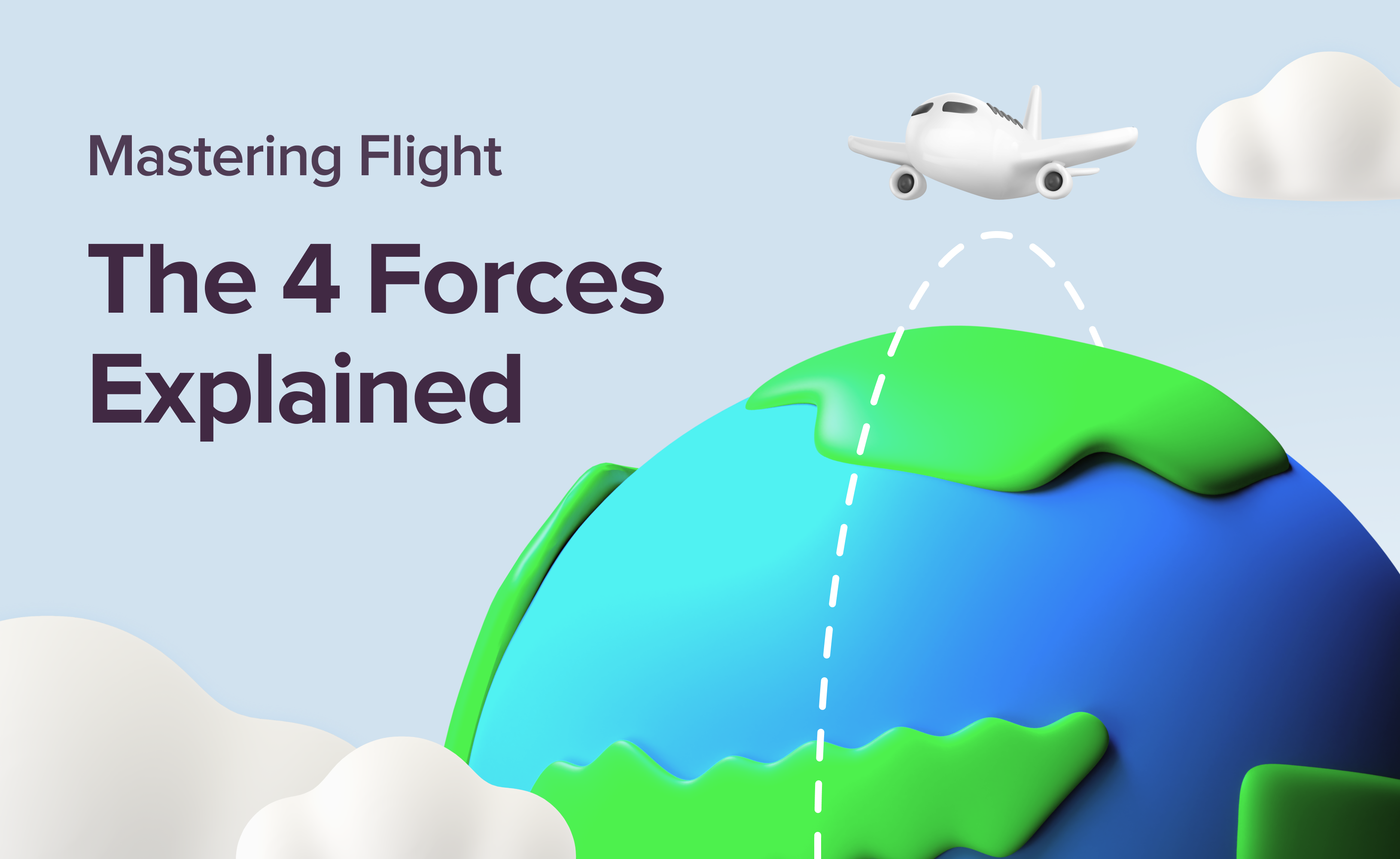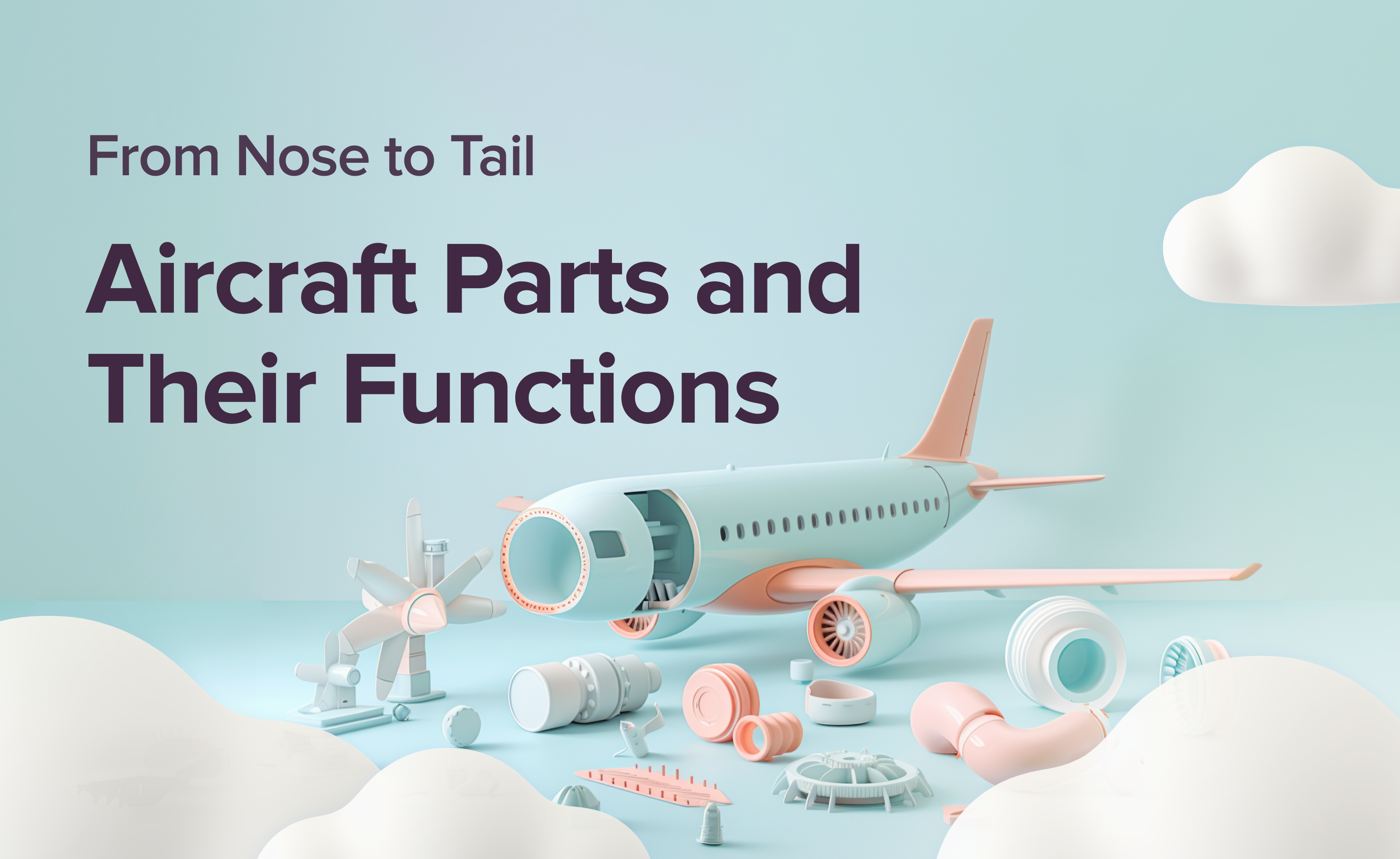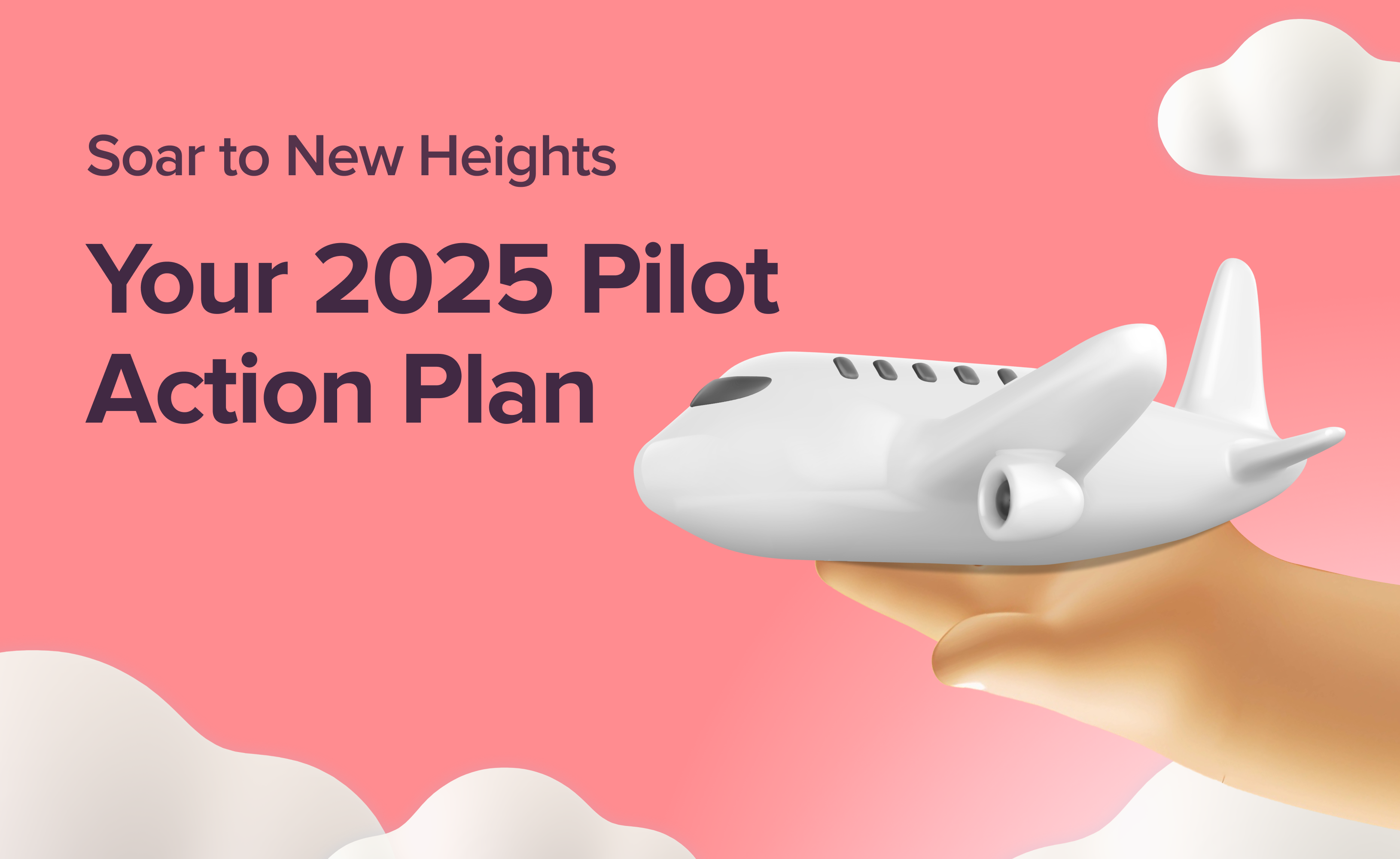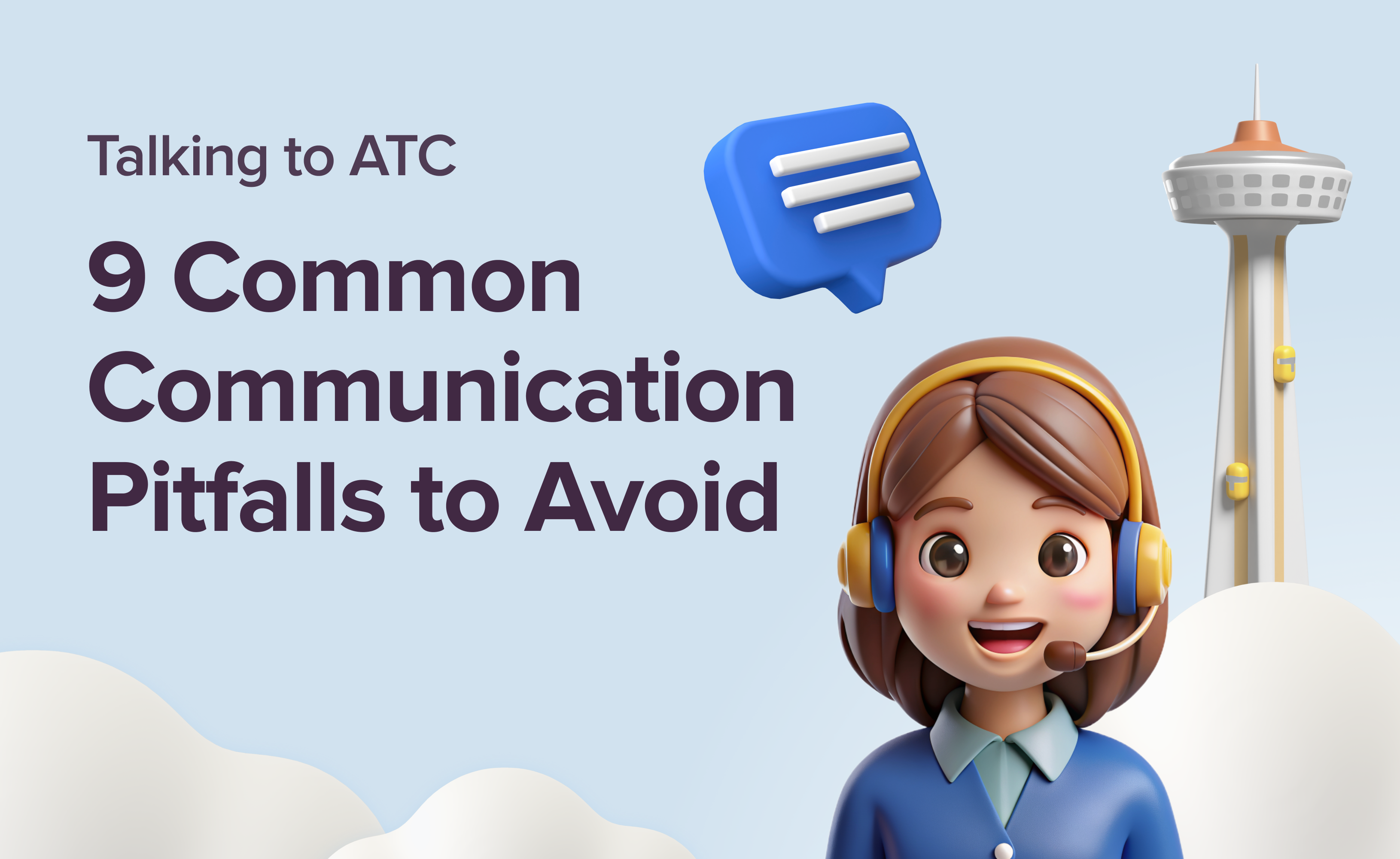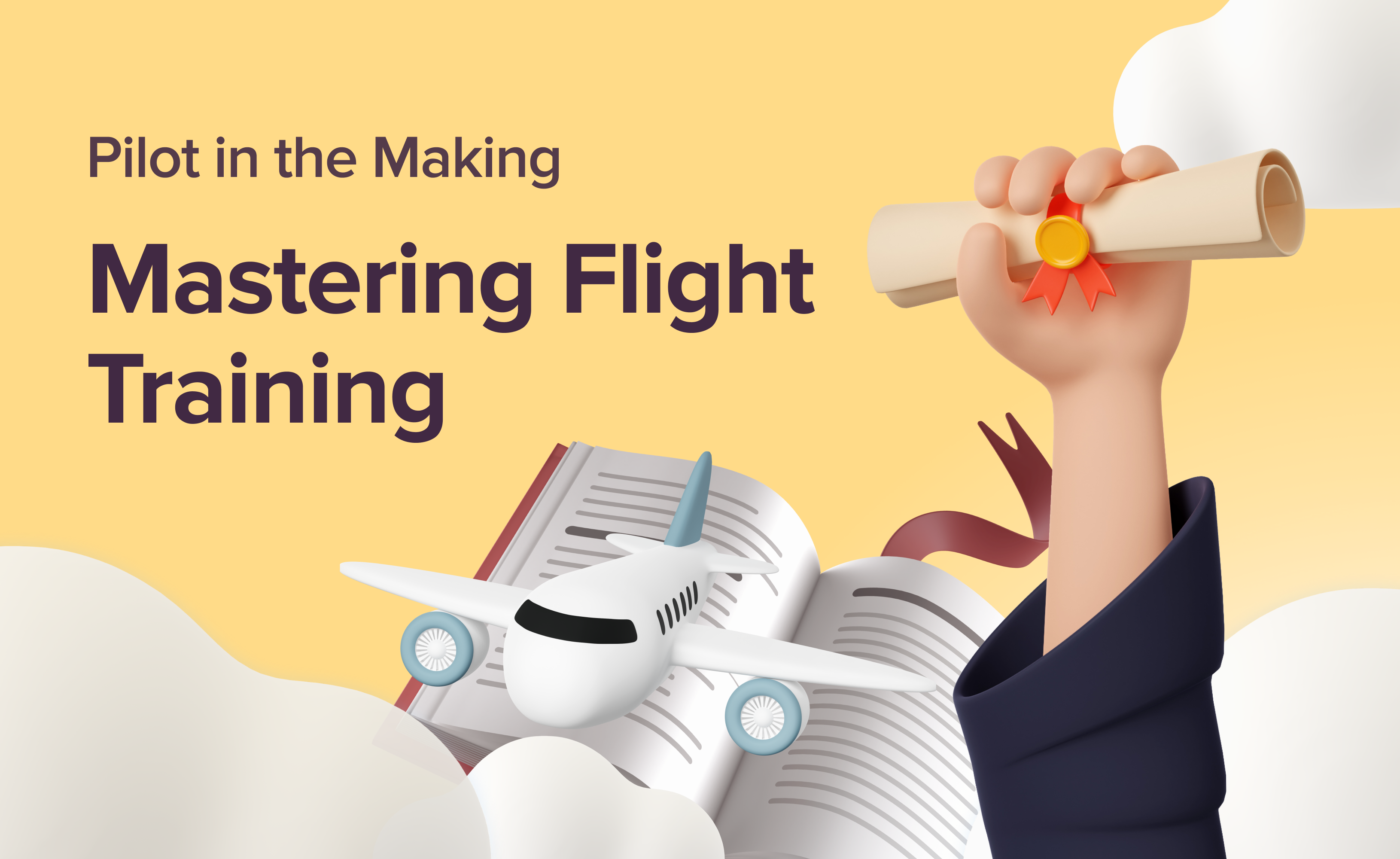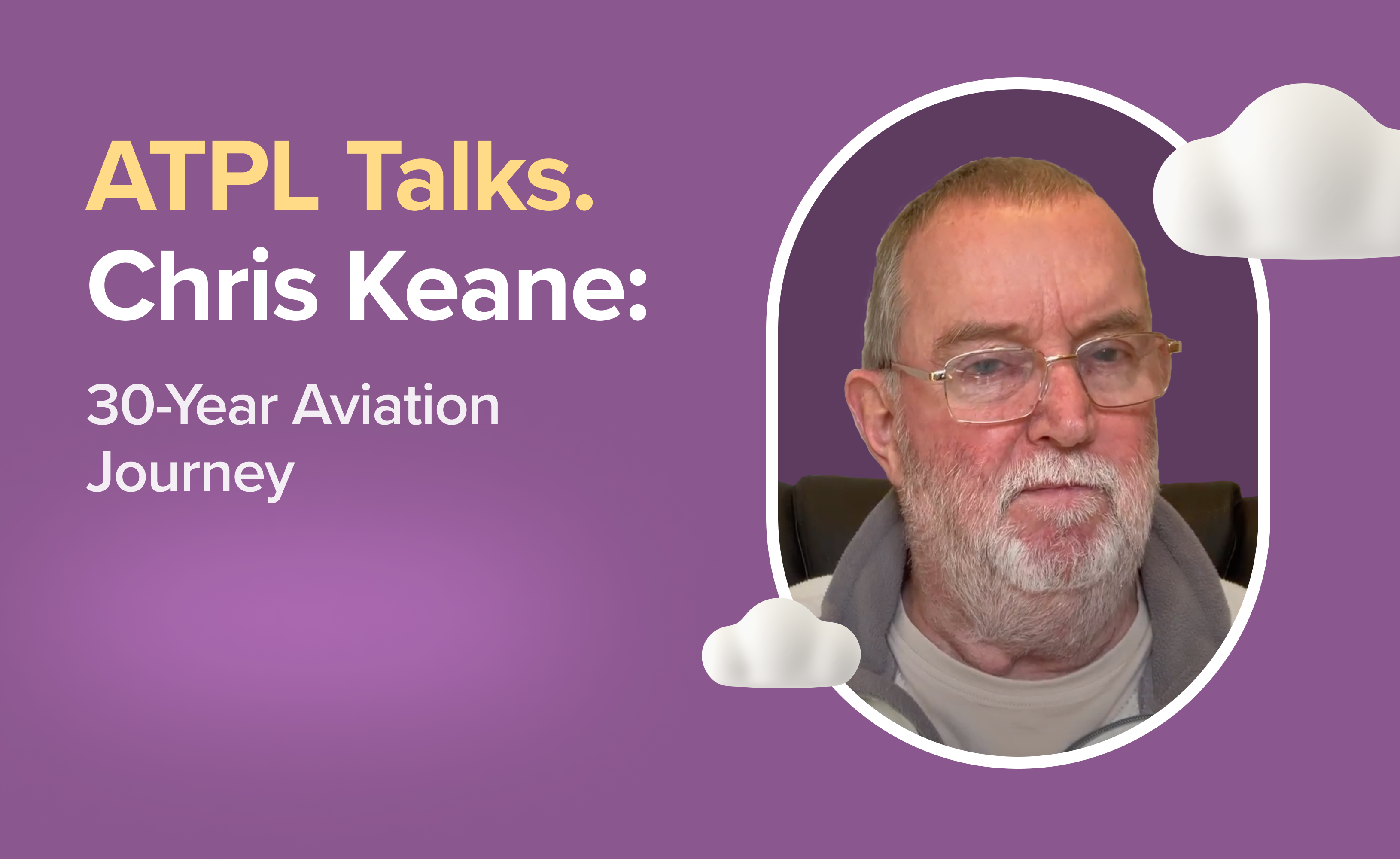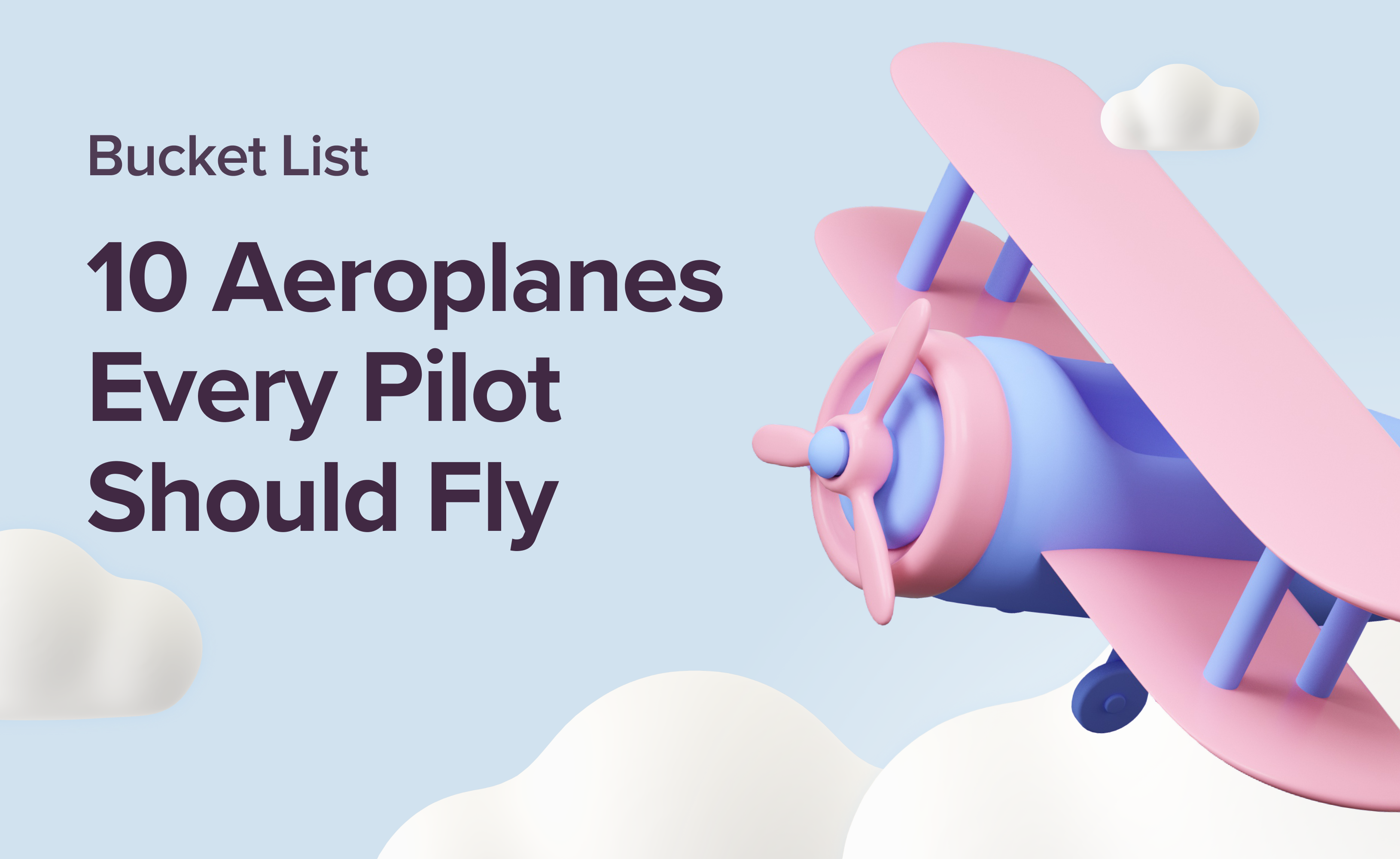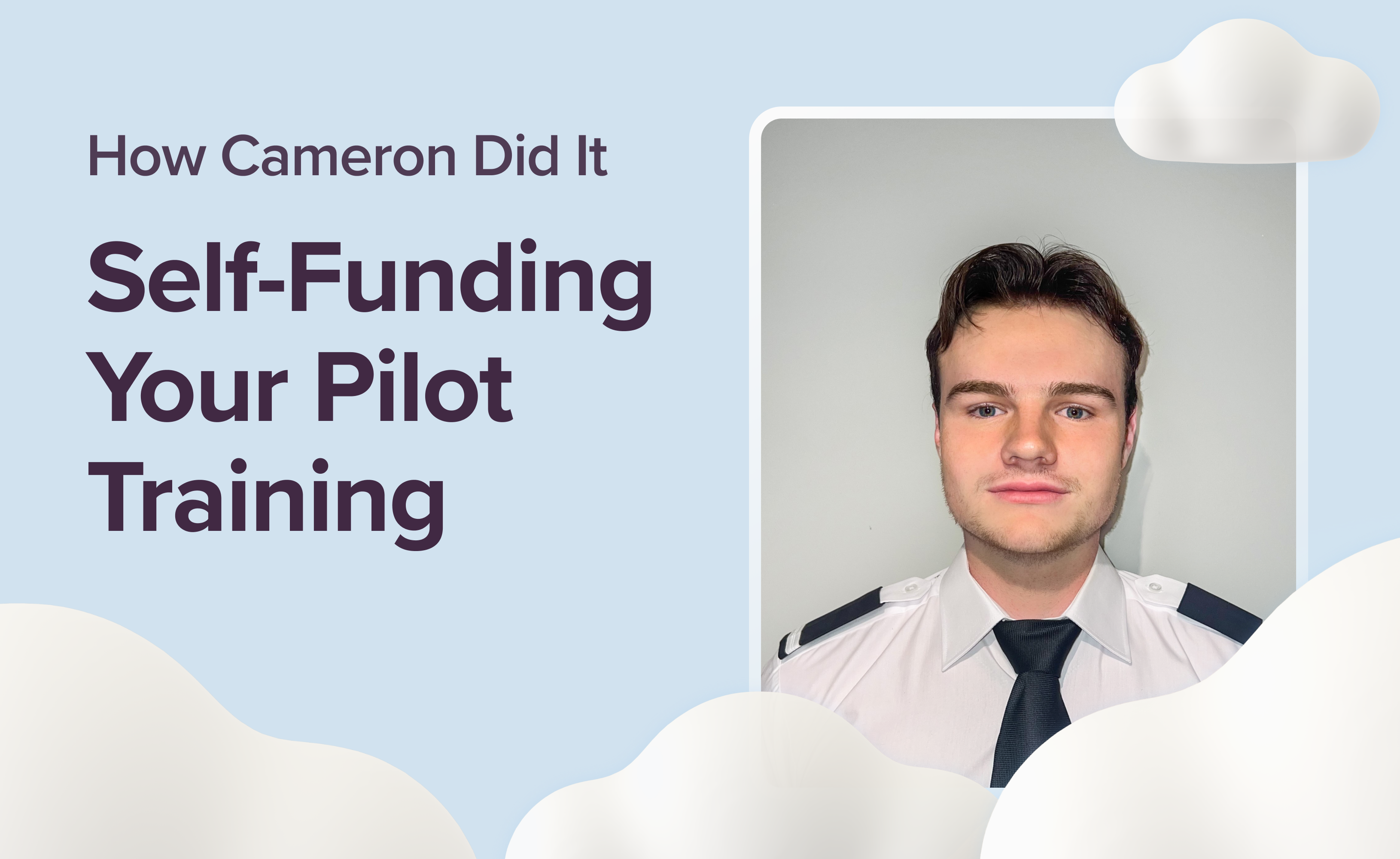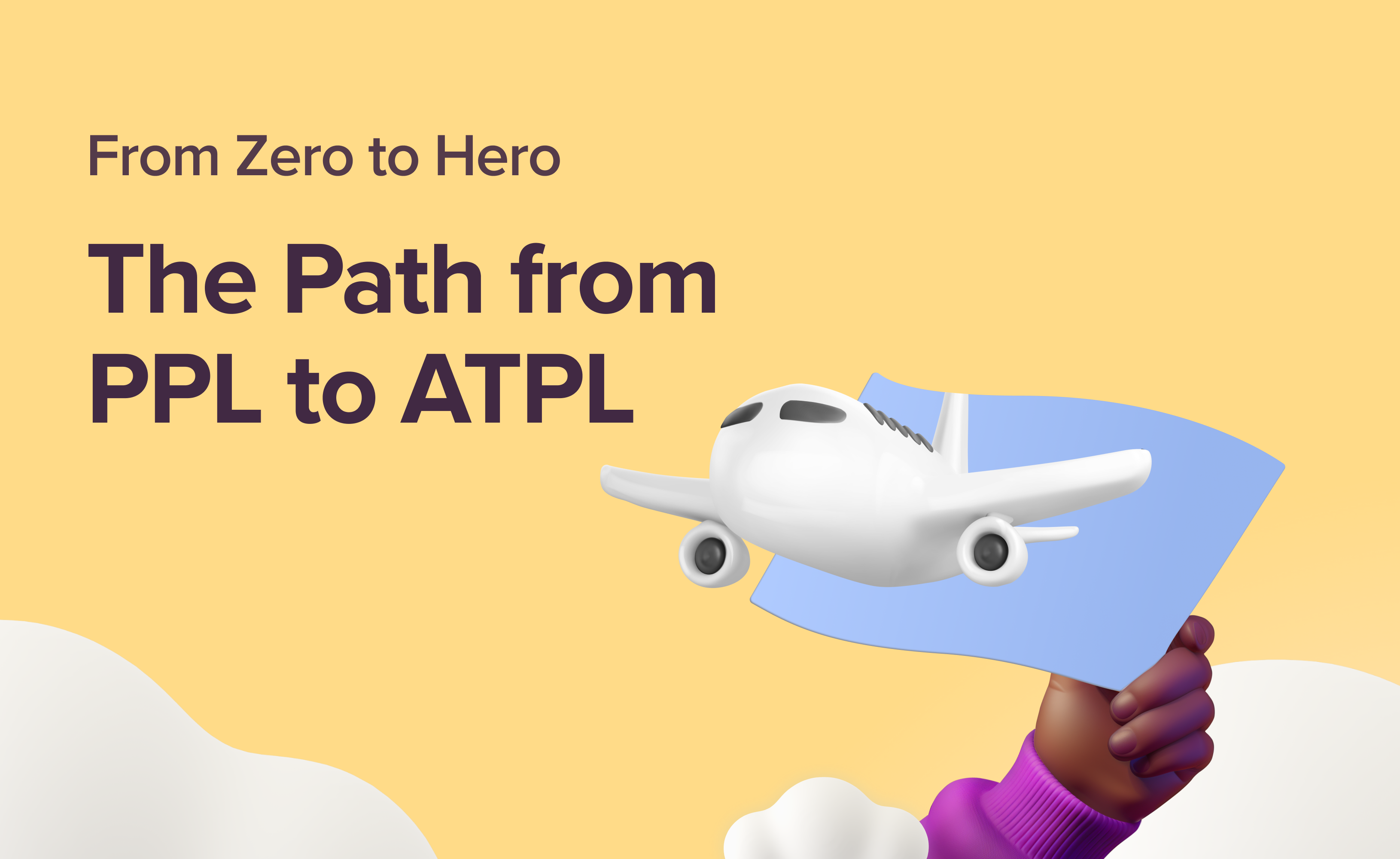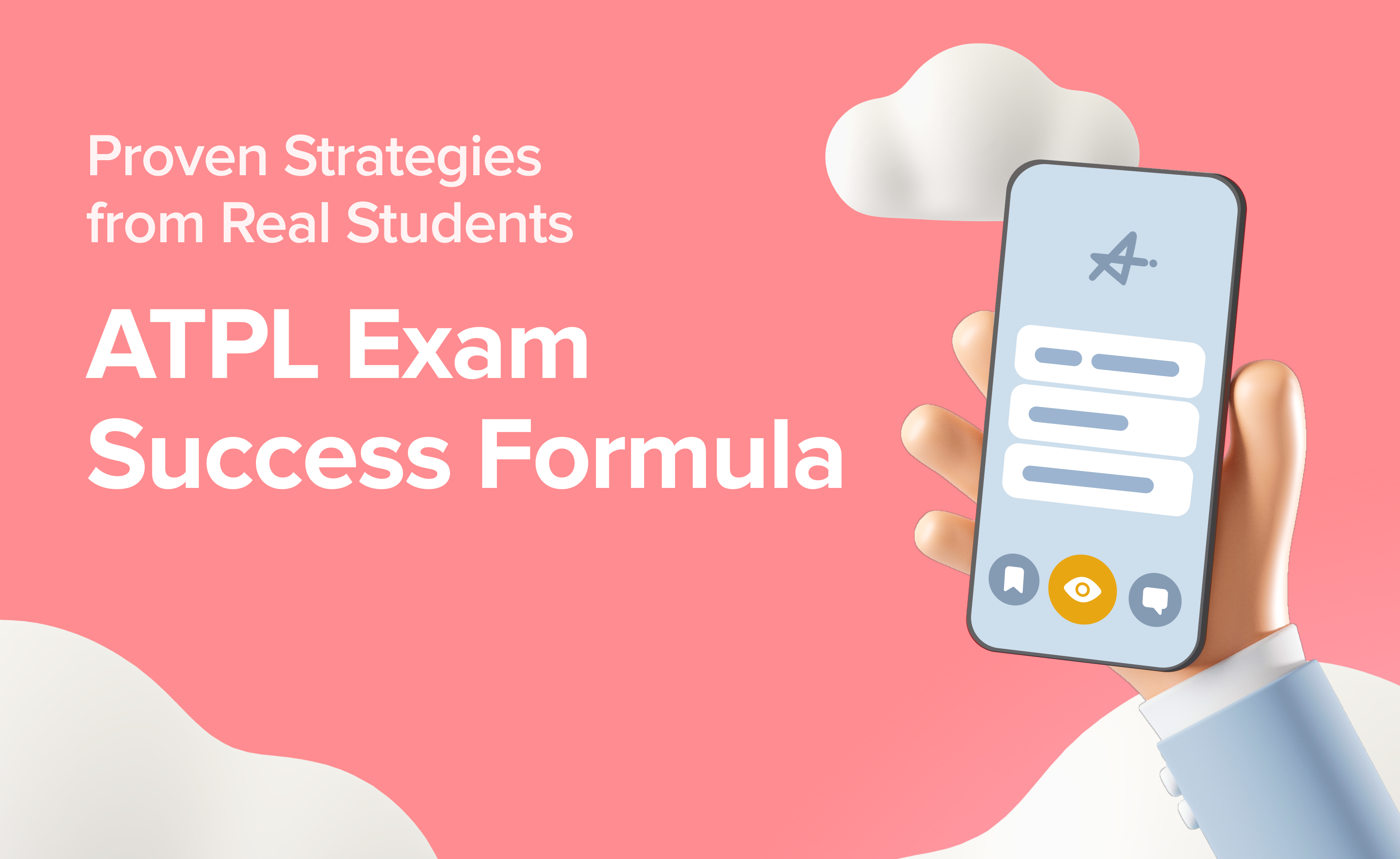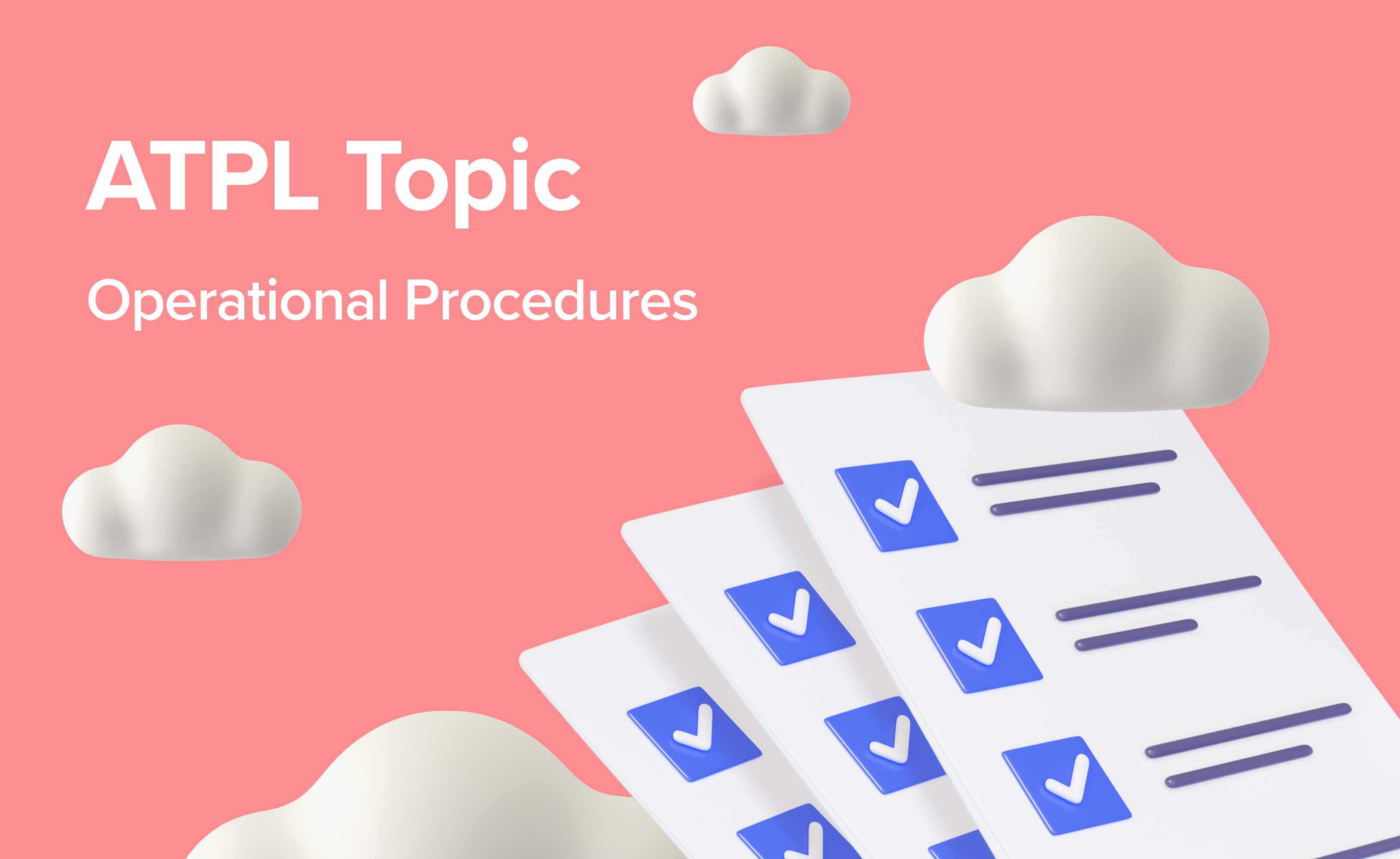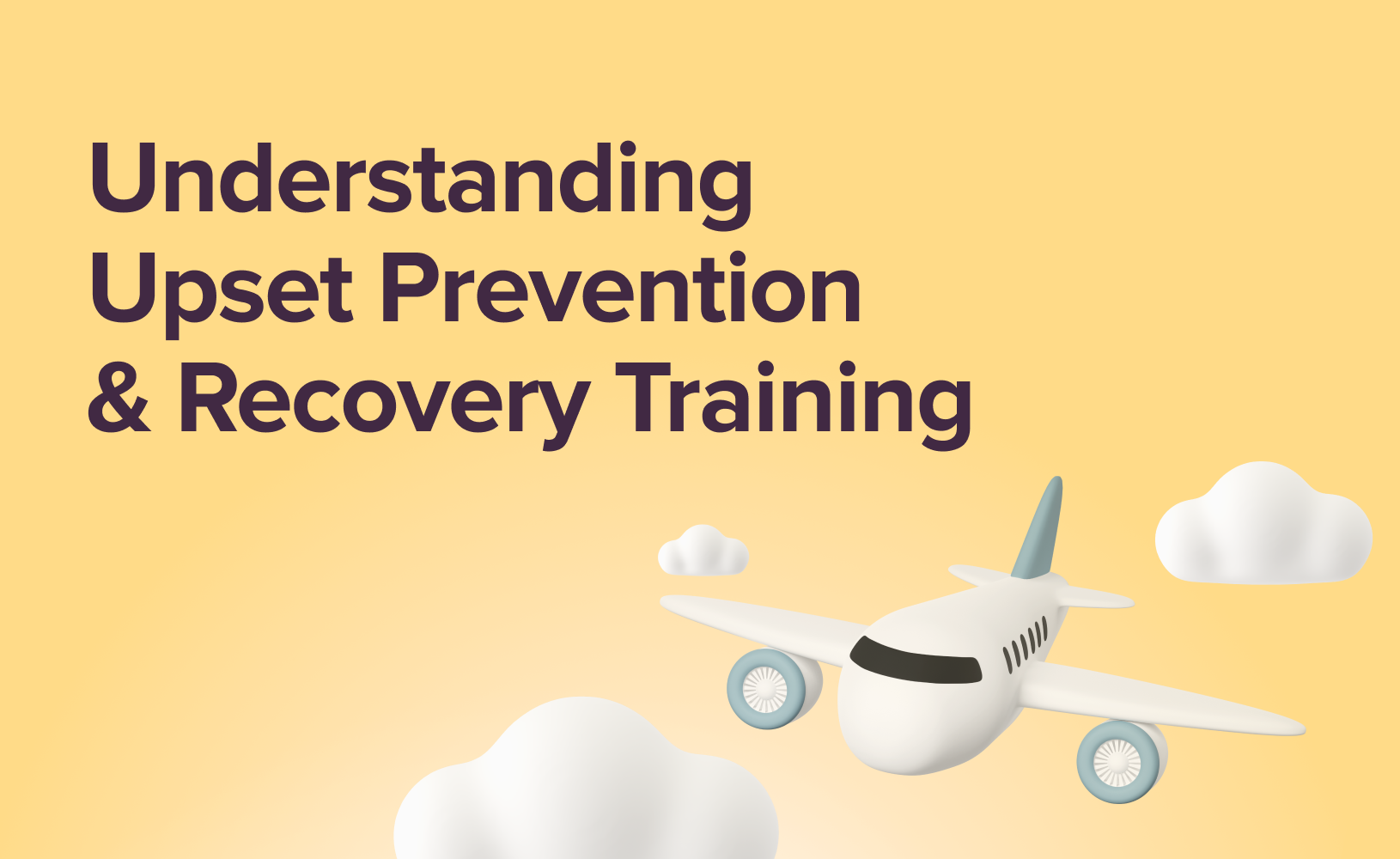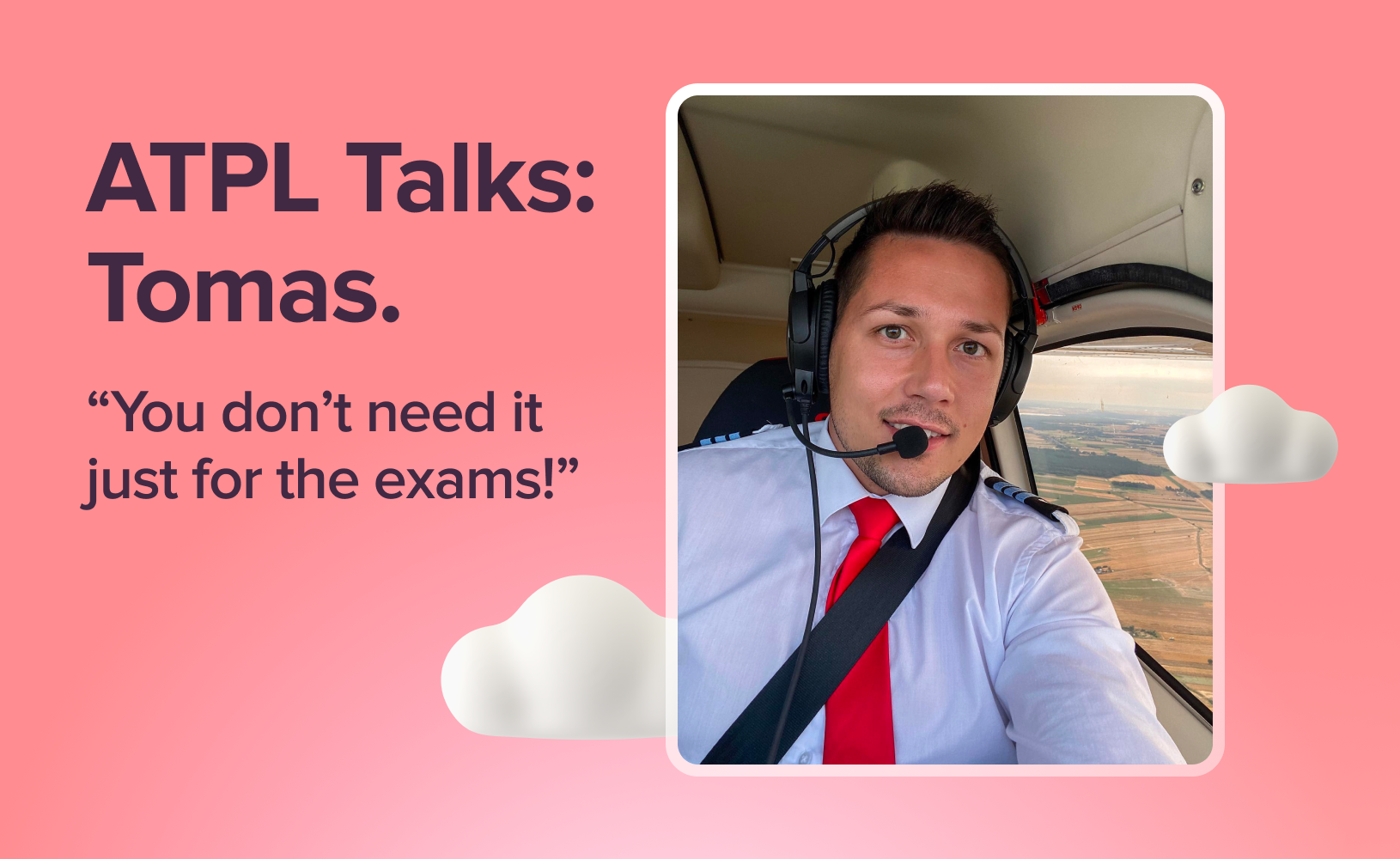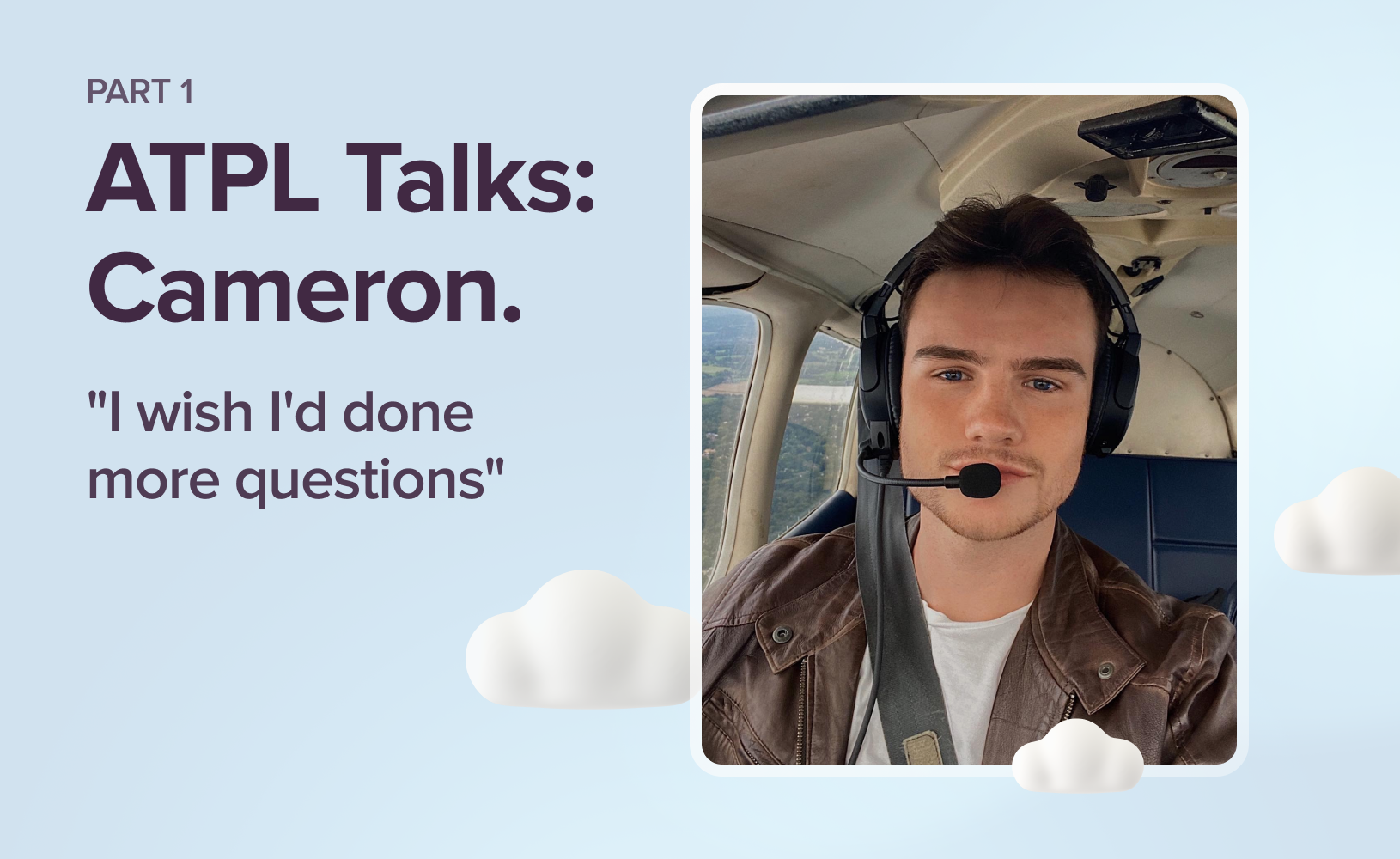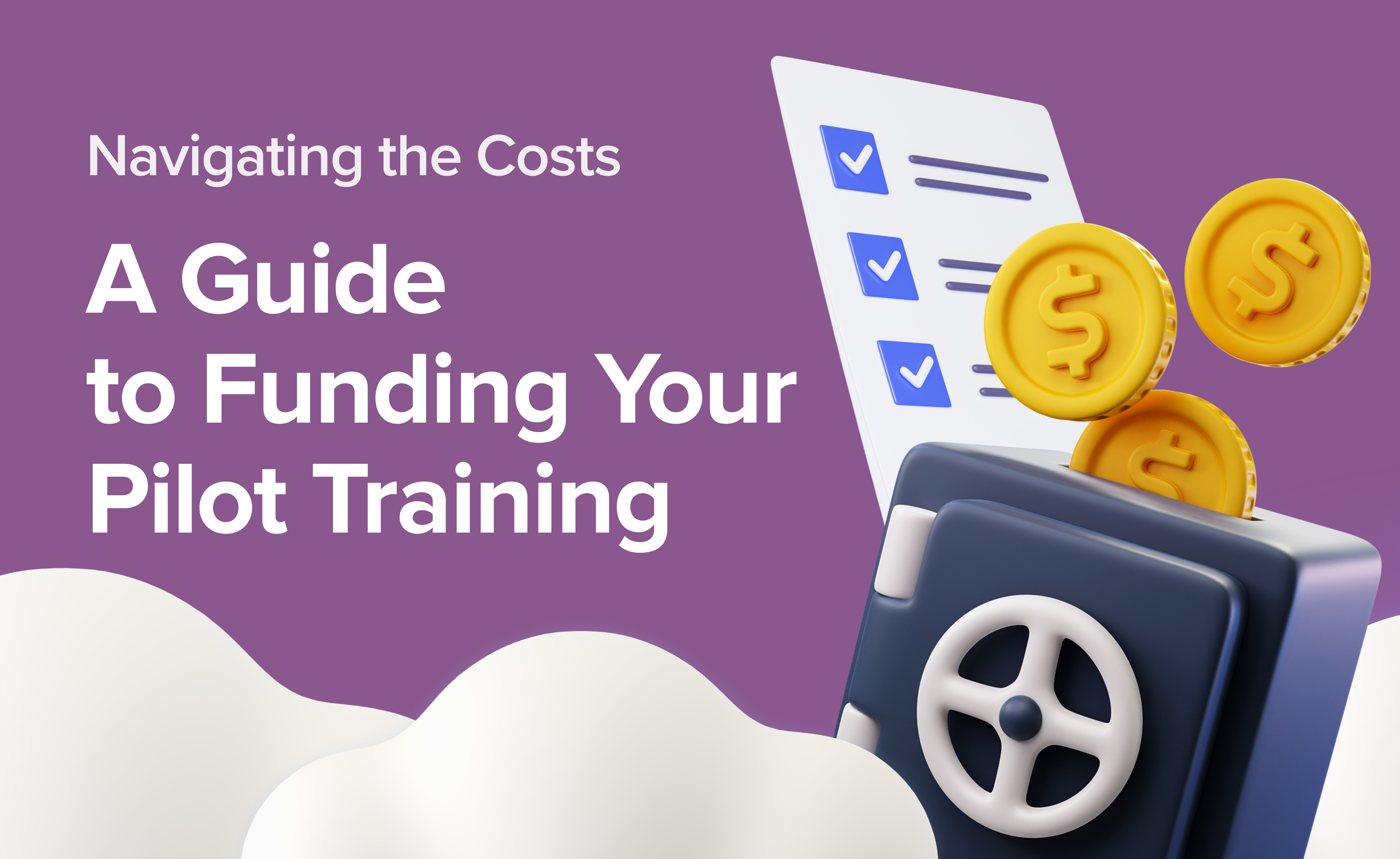MPL, Modular or Integrated Pilot Training - which route to choose?
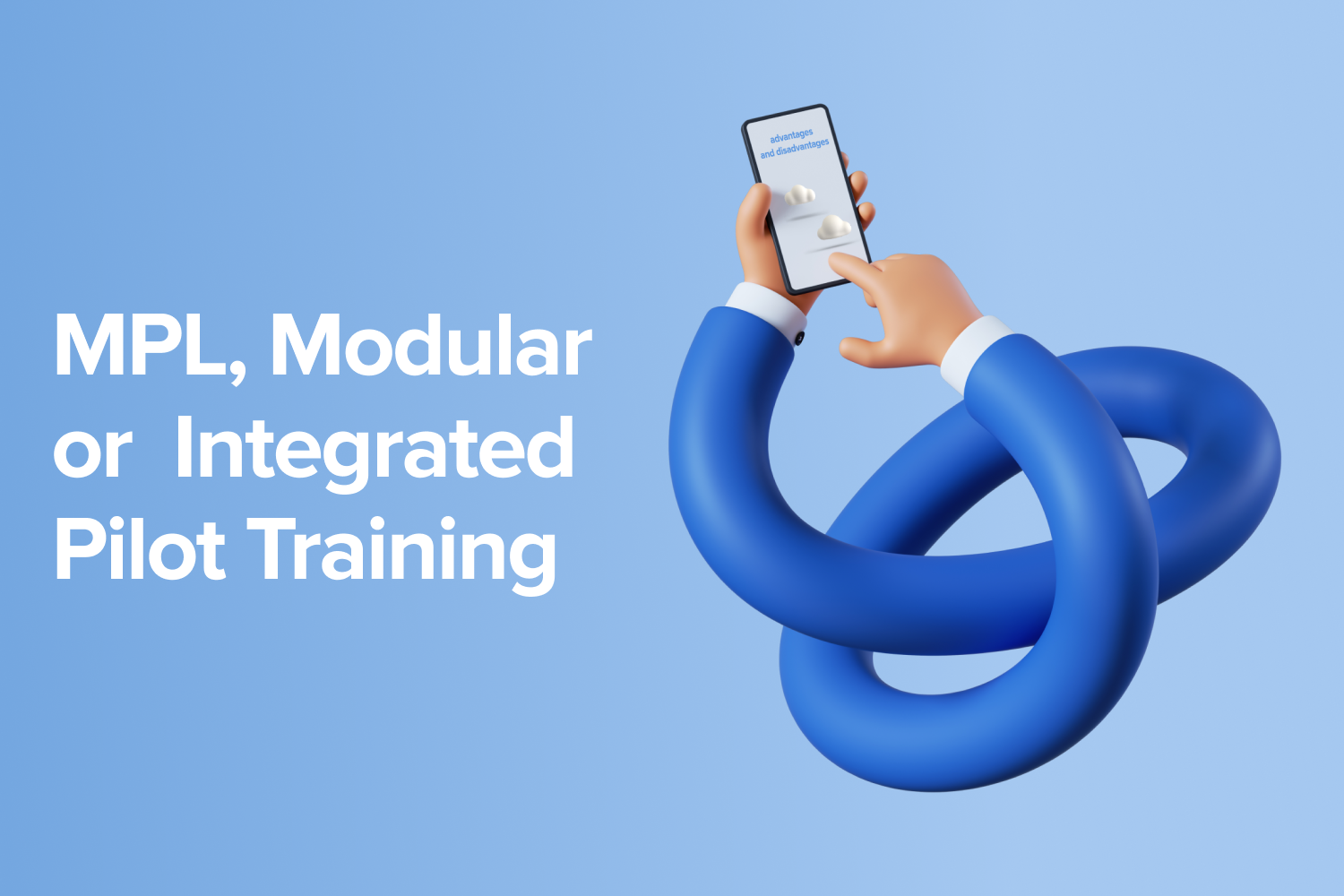
Requirements
The entry requirements for each route are similar:
Previous flight experience is beneficial but not necessary.
A decent understanding of maths and physics.
Ability to obtain a Class 1 Medical Certificate.
MPL
As you probably know, MPL stands for Multi-Pilot Licence. The other two options lead to a CPL (Commercial Pilot’s Licence). The privileges of the two licences are different, with the MPL restricting the holder to operating as a co-pilot with a named airline.MPL courses are always sponsored by airlines (although the students are usually required to pay for the training) and usually lead to employment with the sponsoring airline. Much of the training is conducted in simulators and is geared towards multi-crew airline operations. Like the two CPL options, the licence can be upgraded to an Airline Transport Pilot’s Licence (ATPL) when the holder logs sufficient experience and passes a skill test. Therefore, the theoretical knowledge element is the same as the other two options: ATPL theory.The training is likely to be completed in about 2 years. Although the graduate may fly as co-pilot with the sponsor airline, they have no other pilot flying privileges. However, much of their flight training can be credited towards a PPL if they wish to do some extra training and an additional skills test to enable them to fly privately.
Benefits of MPL Pilot Training
The main advantage of an MPL is the high likelihood of employment with the sponsoring airline.
MPL training will be conducted in a ‘campus’ environment.
Disadvantages of MPL Pilot Training
As the airline organises the training, the student has little or no control over where and when they will train.
Although an MPL course is likely to lead to employment with the sponsoring airline, there is a significant risk. If the employment does not materialise, the student pilot can be left with little transferable training; conversion to other training routes is problematic as few credits will be given for the airline-specific simulator training.
Costs are very high; on a par with integrated training, sometimes well in excess of £100 000/€100 000
Integrated Pilot Training
Pursuing an integrated route would mean conducting all the training with a full-time curriculum at one certified organisation. Like an MPL, an integrated course will normally be completed in about 2 years. Usually, the first stage is ATPL theory training and exams, followed by flying in single-engined light aircraft, then multi-engine flying and an instrument rating. Most courses will include an Multi-Crew Cooperation (MCC) Course in a simulator which may be conducted to Airline Pilot Standards (APS-MCC).The minimum flight hours on an integrated course are around 150 hours; most packages are designed around this minimum to keep the school's costs down. This is considerably less flight time than the modular route, although this is not always problematic if the student manages to pick things up first time.If you decide on an integrated course, you are purchasing an ‘off-the-shelf’ package. This means all the decisions have been made for you, but you have little or no control over the pace or location of your training. This can be a major concern in an uncertain employment market, as graduating when jobs are scarce can lead to a downward spiral of lack of flying currency and consequential reduction in employability.
Benefits of Integrated Pilot Training
Integrated schools offer training in a ‘campus’ environment.
Some integrated schools have a good public profile and reputation, with good links to employers.
Some offerings are quite comprehensive, perhaps including accommodation, a guarantee against failure and/or additional training costs, etc.
Disadvantages of Integrated Pilot Training
The cost of the integrated training is considerably higher than the modular option. The prices for courses at integrated schools may be well over £80 000/€80 000 and may need to be paid upfront.
Students will be required to live in or near the school you are studying at, which might bear extra cost.
Studying in integrated schools is a full time commitment.
Students have no control over the pace of training or graduation date.
Modular Pilot Training
In the modular route, each phase of training is broken down into a separate module, which may in theory be conducted with a different flight school. In practice, students will often use one provider for several of the modules. The first two flying modules do not need to be conducted under the regulation of EASA (or the UK CAA), allowing considerable flexibility in the construction of a training course. This makes the modular route particularly attractive to those who cannot or do not want to commit themselves to 2 years study at a remote campus. Training can be full-time, in which case the total time is on a par with the MPL and Integrated routes, or part-time, in which case the pace of training can be suited to the commitments and budget of the student.This flexibility is particularly attractive in an uncertain employment market. Whereas some MPL students found themselves in a very difficult situation, having spent a lot of money with little to show for it when their programmes were abruptly terminated, and integrated students found themselves graduating into an empty employment market, modular students were able to slow or even pause their training during the COVID pandemic and so time their graduation to coincide with a revived employment market.
The modular phases (modules) are:
PPL
ATPL theory
Hour building
CPL
IR
MCC
There are many different ways to construct a modular course; we will discuss these in a later blog. Some training organisations offer ‘packaged modular’ courses where much of the planning is done for you. There are also mentor organisations, like the not-for-profit Wings Alliance that offer modular course planning and mentoring services which can help overcome some of the disadvantages of the modular route.During a modular course a typical student pilot will log considerably more flight time than an integrated student and the flying may be more varied.
Benefits of Modular Pilot Training
Modular training enables you to spread out your training and the cost of it. You can work modular training around a job and study or build your flight hours in your own time. You can also take breaks if it is necessary and get back to your studies when the time is right.
The cost of modular training is significantly lower - the prices start from £50,000 depending on the schools you choose. Moreover, you don’t have to commit yourself to the full cost straight away as a student pilot only pays for one stage of training at a time.
Your ground school theory can be completed online and you are free to build your flight hours at a flight school around you.
Flexibility - the course can be bespoke - designed around your individual needs and preferences or you can purchase a packaged course.
Disadvantages of Modular Pilot Training
Without the help of a mentor organisation, it can be difficult to maintain consistency if your training is completed at different organisations and can be a challenge to organise everything yourself.
It can be bewildering to understand the many options and it is easy to overlook peripheral costs.
You will need to be self-motivated and driven; unless you are part of a mentoring community, nobody will be telling you what to do and when, and you will lack peer support.
Despite their differences, each training route leads to a pilot licence that allows the student to fly with an airline. The risks and benefits of each route , so it really depends on an individual’s preference. Try to consider all the factors mentioned in the article to select the path that will suit you the most.

